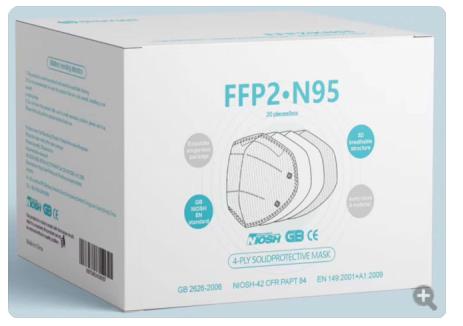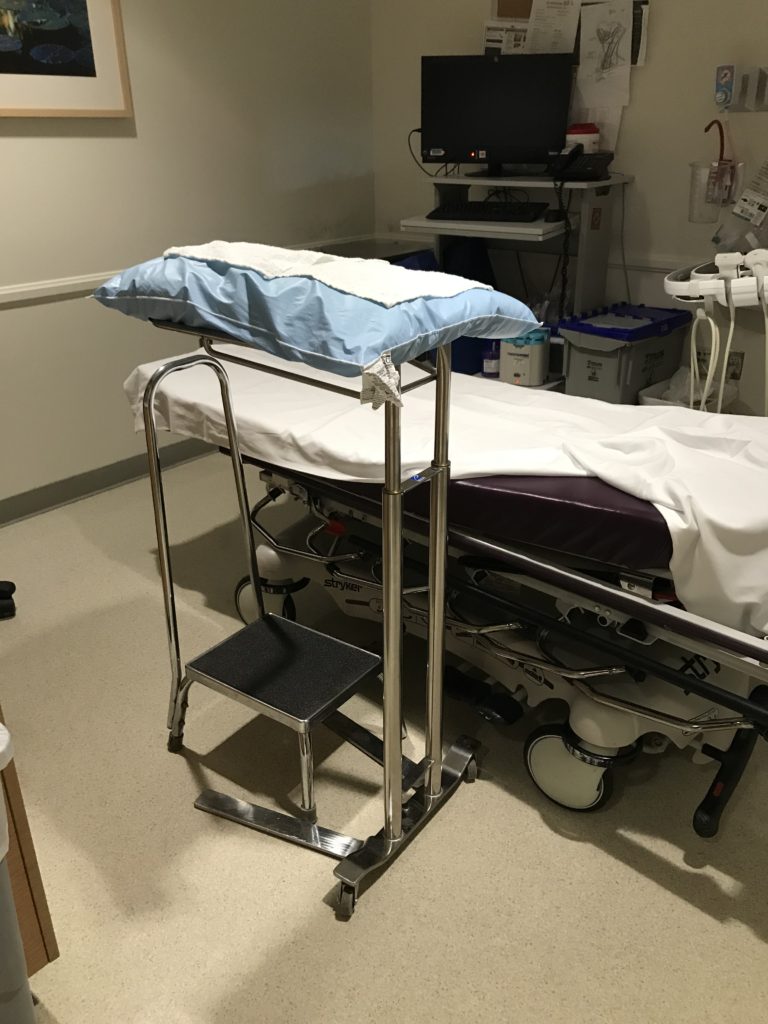The Vital Importance of Using N95 Masks in the Battle Against Covid-19 and Where to Get Them
For people on the front line in the healthcare battle against Covid-19 and this global pandemic, personal safety is a big concern. While most medical professionals love their job, the virus has brought a different level of fear into the field of medicine. The Makrite N95 Mask is making a difference.
The Difficulty of Being a Medical Professional During the Coronavirus Pandemic
 Whether you are a doctor, nurse, physician assistant, or nurses-aid, being in the medical field during a deadly pandemic is highly stressful. In addition to having concerns over providing the best in medical diagnostics and care, the pandemic puts healthcare workers at high risk for catching the virus. This is one of the most challenging concerns for healthcare workers who are often stressed with excessive work hours, exhaustion, and emotional stressors from caring for the very ill.
Whether you are a doctor, nurse, physician assistant, or nurses-aid, being in the medical field during a deadly pandemic is highly stressful. In addition to having concerns over providing the best in medical diagnostics and care, the pandemic puts healthcare workers at high risk for catching the virus. This is one of the most challenging concerns for healthcare workers who are often stressed with excessive work hours, exhaustion, and emotional stressors from caring for the very ill.
In hotspots, the risk of catching the Coronavirus is much higher than in areas where the cases have stabilized. That is why it is essential for people in the healthcare industry to be continuously alert to changes in the virus case levels in their area.
The Best Frontline Protection Against Covid-19
There are several important things that front line healthcare workers can do to significantly reduce their risk of catching the virus. The use of personal protective equipment, also known as PPE and the use of disinfectants and continuous hand washing or sanitizing them, is vital to helping frontline healthcare workers remain safe while at work.
The Surprising Challenges of the Pandemic
Since approximately 40 percent of people who have the virus are asymptomatic, healthcare workers have to be very diligent, not to assume that because someone is not displaying symptoms means they are virus-free. Healthcare workers need to be careful to protect themselves on and off the job and follow all recommended guidelines when they are off work in their personal lives. This should include wearing a face mask and following all social distancing guidelines.
The Importance of Using N95 Masks at Work
 Because this Coronavirus is spread through droplets and is now known to be aerosolized, the use of face shields and N95 face masks and coverings while at work are essential tools in frontline defense against the virus.
Because this Coronavirus is spread through droplets and is now known to be aerosolized, the use of face shields and N95 face masks and coverings while at work are essential tools in frontline defense against the virus.
Unlike cloth face masks, an N95 respirator mask is specially designed to block up to 95% of all, dust, bacteria, and virus air particles. This bacterial filtration makes the Makrite N95 Mask mask a vital tool in the battle of the Coronavirus for frontline healthcare workers because they are exposed to infected and potentially-infected people for many hours a day.
N95 Mask Pandemic Supplies
Before the current Coronavirus pandemic, availability for N95 type respirator face masks was sufficient for the need. These masks are traditionally used in the medical, construction, and industrial industries. However, because the global demand for these masks has skyrocketed since February, the supply has been insufficient to meet the rising demand. Since so many of these masks have been made outside of America, the country has found itself competing for global supplies.
One of the premier N95 respirator mask designs is the 3M 1860 surgical mask. This is the most common N95 respirator used in the medical industry. However, with dwindling supplies available, many medical health facilities have been caught off guard trying to find a comparable replacement.
The good news is the Makrite 9500-N95 is a top of the line NIOSH Certified N95 Respirator that is FDA Cleared for use as a Surgical Mask. The Makrite N95 Mask is is a high-quality replacement for the 3M 1860 (that no one can seem to find anywhere). That means that the Makrite 9500-N95 NIOSH Certified N95 surgical mask is specially designed for use in the medical field to prevent the spread of aerosolized particles that may cause disease and infection, such as the new strain of coronavirus known as SARS-CoV-2. Receiving the approval from the FDA for use as a surgical mask means that it is tested for fluid resistance which is important in this era of aerosolized SARS-CoV-2 particles.
N95 Respirator Mask Medical Facility Distribution
 In the ongoing battle against the Coronavirus, many hospitals and medical facilities have significant concerns about locating a reliable supplier for medical-grade N95 respirators. Facilities who choose Makrite for their respirators want to ensure they can have continuous access to Makrite 9500-N95 top of the line NIOSH Certified N95 surgical mask supplies directly from a factory distributor.
In the ongoing battle against the Coronavirus, many hospitals and medical facilities have significant concerns about locating a reliable supplier for medical-grade N95 respirators. Facilities who choose Makrite for their respirators want to ensure they can have continuous access to Makrite 9500-N95 top of the line NIOSH Certified N95 surgical mask supplies directly from a factory distributor.
If you are looking for an authorized distributor for the Makrite N95 Mask NIOSH Certified and FDA cleared as a surgical mask, SPH Medical is a trusted supplier that can ensure a continuous supply for your medical facility. SPH Medical sources its’ supplies directly from the manufacturer. For medical facilities, dental providers, fire, police, and other healthcare providers in need of a smaller medical-grade respirator, SPH is also a supplier for the smaller N95 respirator, the Makrite 9500-N95S that is an excellent replacement for the 3M 1860S which 3M manufactures.
Fit Testing
Which mask is right for your employees? Not everyone has the same facial morphology so naturally one mask doesn’t really fit all. This is one of the reasons that the small size 9500-N95S was developed. Learn more about Fit Testing from OSHA here.
SPH Medical also is an excellent source for other essential PPE such as Isolation Gowns, 3-ply masks, Nitrile Gloves, hand sanitizer, and single patient use Air Powered lateral transfer pads, slings, and repositioning sheets. For nearly a decade, SPH has been a widely recognized supplier of infection prevention, safety solutions, and PPE to America’s medical facilities. Please contact SPH Medical to learn more about the Makrite N95 Mask.










 via Shutterstock
via Shutterstock





